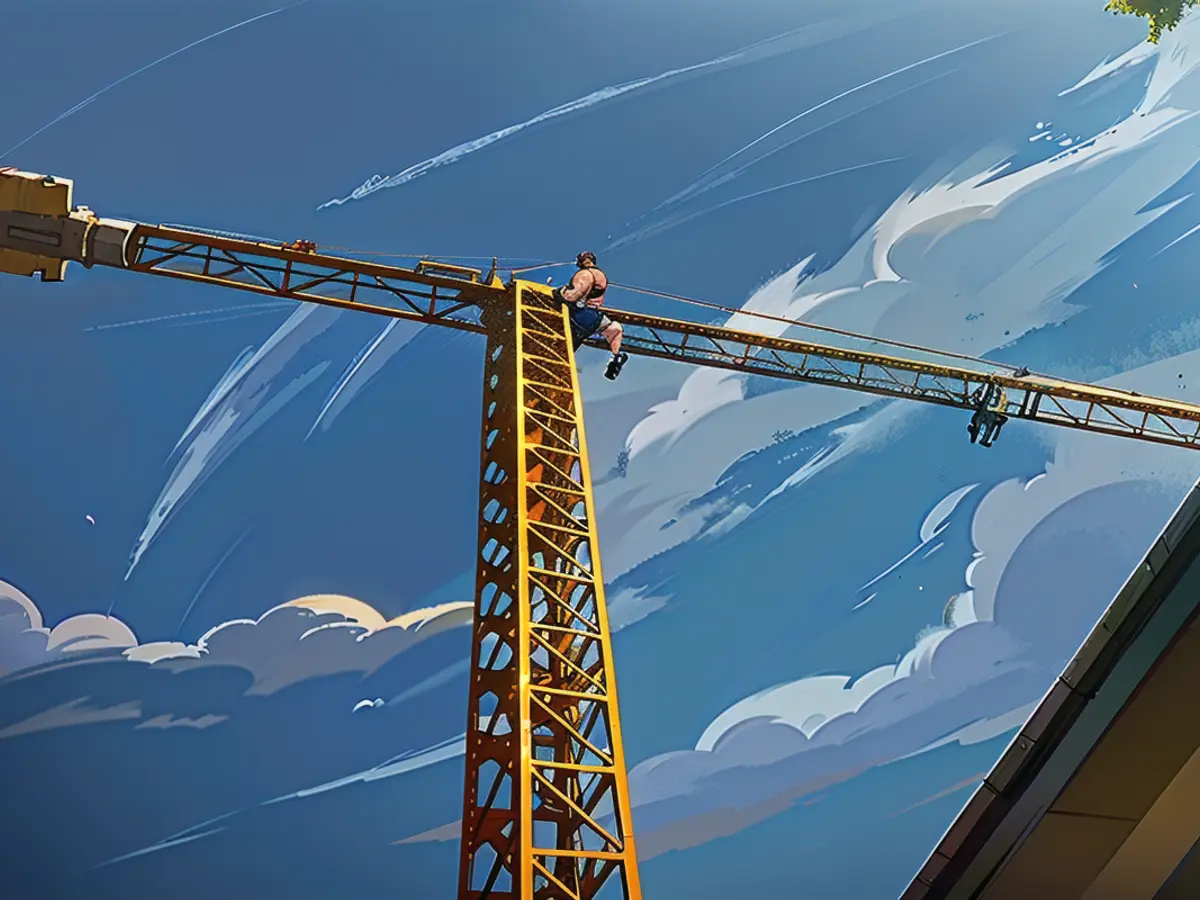Germany's residential construction landscape
Approximately 300,000 homes were built in Germany last year. This figure is quite low, yet surprisingly high at the same time. The construction details categorized: from individual homes to social housing.
0.3% represents the first number in the 2023 housing construction data. The number of finished apartments slightly decreased by 0.3%. This may seem bad initially. However, is it really? Five insights on the data:
- the situation was better than expected
The construction associations were quite concerned about a slowdown last year. They estimated that new housing construction might drop below the 250,000 mark of completed flats, essentially spiraling downward. Yet, surprisingly, the numbers remained mostly the same with 294,400 residential units built in 2023. This is impressive - especially considering the challenging circumstances the industry experienced last year. Interest rates and material costs were rising, yet the same number of apartments were built as the previous year, and even more homes were constructed than in most years since 2000.
- the numbers still left room for improvement
Let's face it: 300,000 is not enough. Not only has the federal government set their own target at 400,000 new apartments per year in the coalition agreement, but even this number has long been too low to meet the demands. As per the Pestel Institute's calculations for the tenants association, Caritas, and building trade unions, there's a deficit of 800,000 homes.
- grants from the past were fruitless
One reason why many experts anticipated lower figures for 2023 was due to the expiration of state subsidies. Both the child building subsidy and the subsidy for homes with energy standard 55 ended in January 2023. However, the fact that the numbers remained unchanged suggests that the grants from previous years were essentially wasted. Perhaps the houses that have been built without government funding wouldn't have been built anyways.
- a shift from single-family homes to apartments
You can't deny that the costs of building have skyrocketed. This is not clearly reflected in the total number of completions, but more in the division of the types of homes built. The high expenses seem to have held back families who wanted to build a home. 7,200 fewer single-family homes were built than the previous year, accounting for a 9.3% decrease. Conversely, 4.1% more apartments were constructed in multi-family houses than before, reaching a total of 156,300 new apartments. The number of finished residential units in two-family houses also increased by 3.8%.
- a change in trend for social housing construction, even though the overall number is still dropping
There's mixed news in social housing construction: the number of social housing units dropped by 14,082, resulting from fewer units being built than added. Despite this, the number of newly built subsidized housing units increased by around 8,400 apartments. A total of 49,430 social housing units were built in 2023. This decline is less than what it has been in the last 15 years. Moreover, some federal states have reported an increase in social housing units, particularly significant in Saxony-Anhalt with an increase of 12.66%.
This text initially appeared on capital.de Link
Read also:
- Lack of snow also opens up new opportunities for winter tourism
- Abrupt end to e-car subsidies
- The chemical industry has little confidence
- Intersport boss hopes for sales boom through sporting events
In the world of German real estate, there's a high demand for residential construction due to an estimated deficit of 800,000 homes. Despite this, only a portion of this need was met with the construction of 300,000 homes, primarily in the form of apartments, last year. (Real estate, residential construction)
Given the financial challenges faced by the industry, including rising interest rates and material costs, it's impressive that the same number of apartments were built as the previous year, and even more homes were constructed than in most years since 2000. During this time, there was also a shift towards constructing more apartments and fewer single-family homes. (Residential construction)
Source: www.ntv.de








